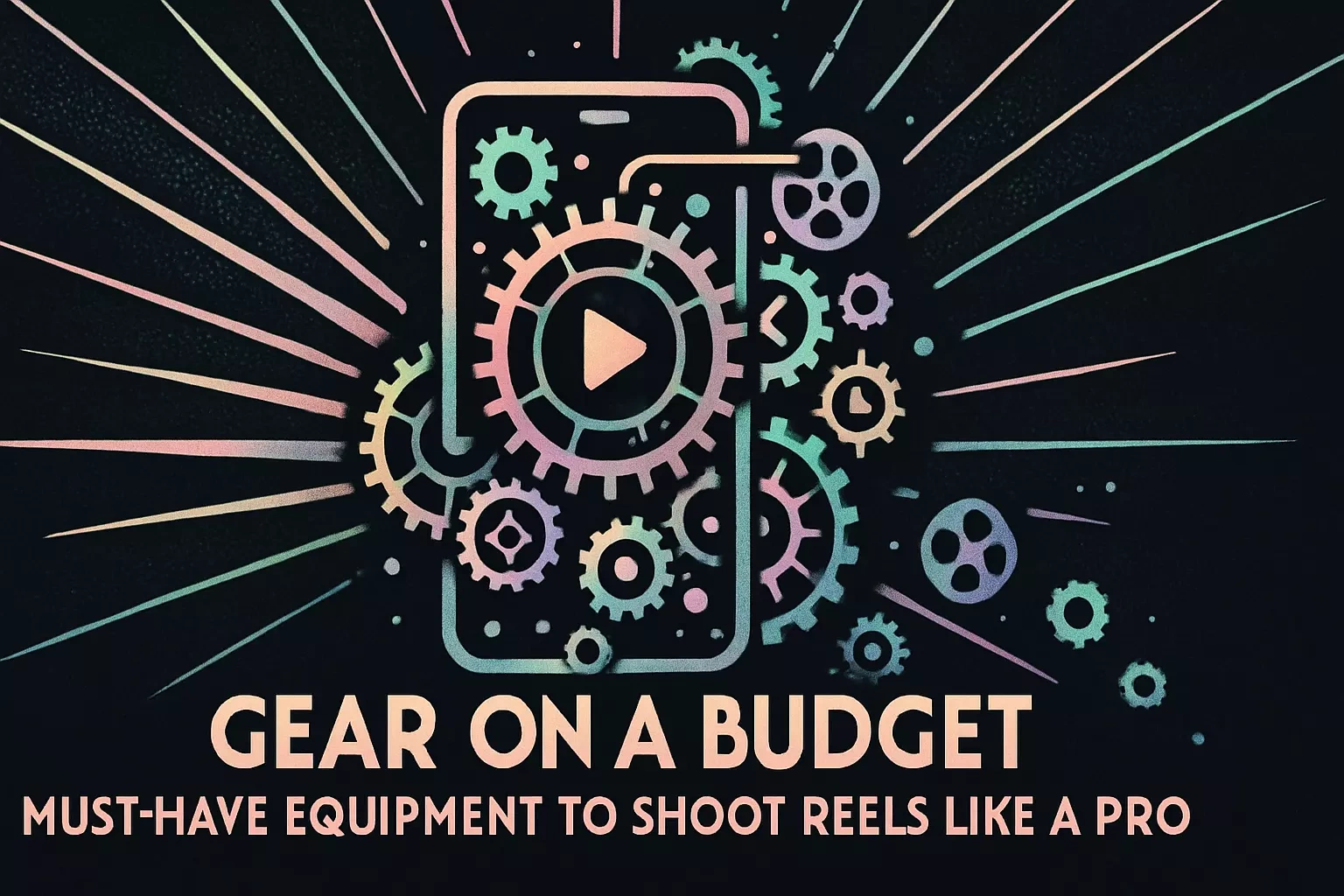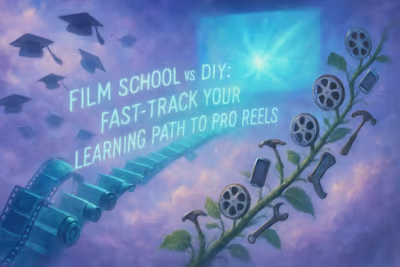Gear on a Budget: Must-Have Equipment to Shoot Reels Like a Pro

Gear on a Budget: Must-Have Equipment to Shoot Reels Like a Pro
The Camera in Your Pocket: Mastering Your Smartphone
Optimizing Your Phone's Camera Settings
Essential Smartphone Accessories
Leveling Up: Budget-Friendly Standalone Cameras
What to Look for in a Budget Video Camera
Top Camera Picks Under $500
Let There Be Light: Affordable Lighting Setups
Harnessing Natural Light
Inexpensive Artificial Lighting
DIY Lighting Hacks
Crystal Clear Audio: Mics That Won't Break the Bank
Why On-Camera Mics Aren't Enough
Affordable Lavalier and Shotgun Mics
Tips for Capturing Clean Audio
Stability is Key: Tripods and Gimbals on a Dime
The Essential Tripod
When to Consider a Gimbal
Putting It All Together
References
Gear on a Budget: Must-Have Equipment to Shoot Reels Like a Pro
The Camera in Your Pocket: Mastering Your Smartphone
Optimizing Your Phone's Camera Settings
Essential Smartphone Accessories
Leveling Up: Budget-Friendly Standalone Cameras
What to Look for in a Budget Video Camera
Top Camera Picks Under $500
Let There Be Light: Affordable Lighting Setups
Harnessing Natural Light
Inexpensive Artificial Lighting
DIY Lighting Hacks
Crystal Clear Audio: Mics That Won't Break the Bank
Why On-Camera Mics Aren't Enough
Affordable Lavalier and Shotgun Mics
Tips for Capturing Clean Audio
Stability is Key: Tripods and Gimbals on a Dime
The Essential Tripod
When to Consider a Gimbal
Putting It All Together
References
Posted Jun 30, 2025
You don't need a massive budget to create professional-looking Reels. Discover the essential, budget-friendly cameras, lighting, and audio gear for 2025.








